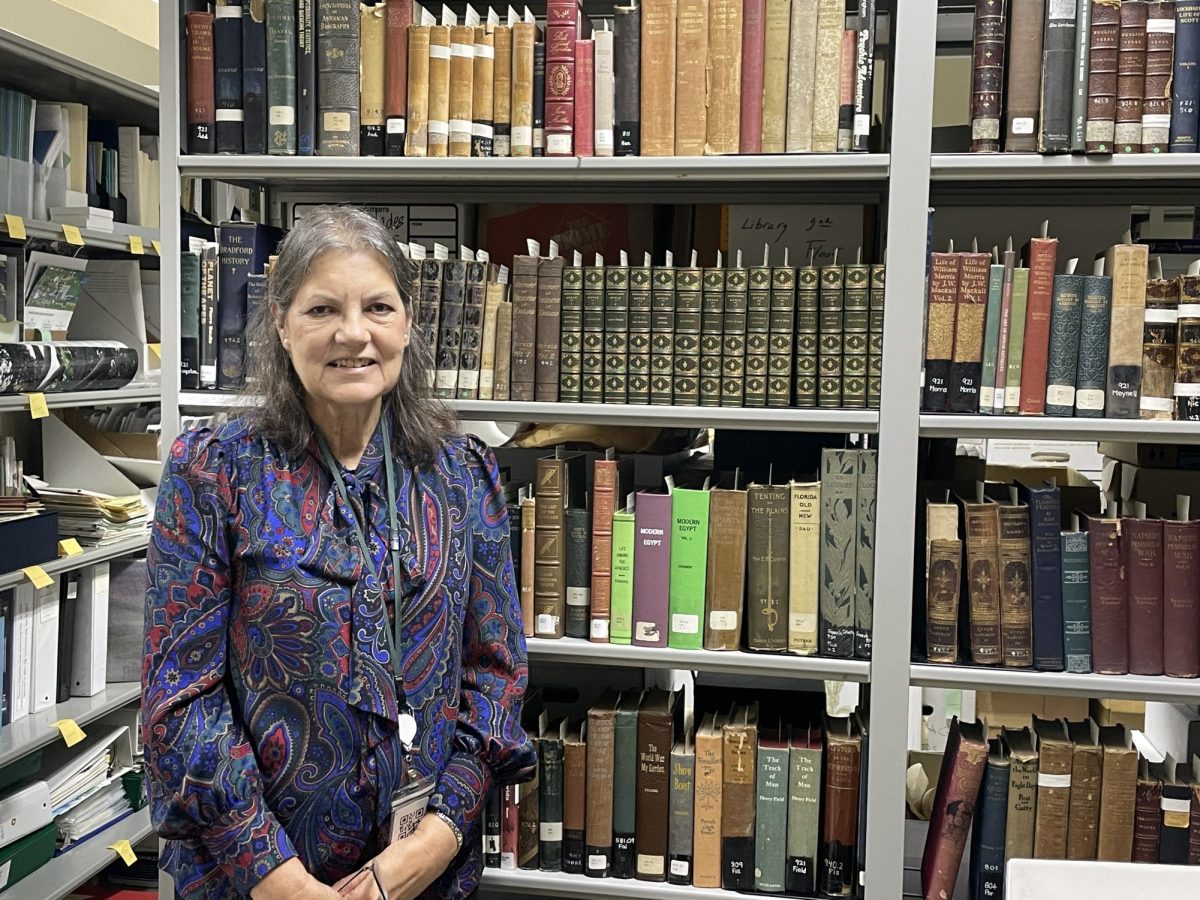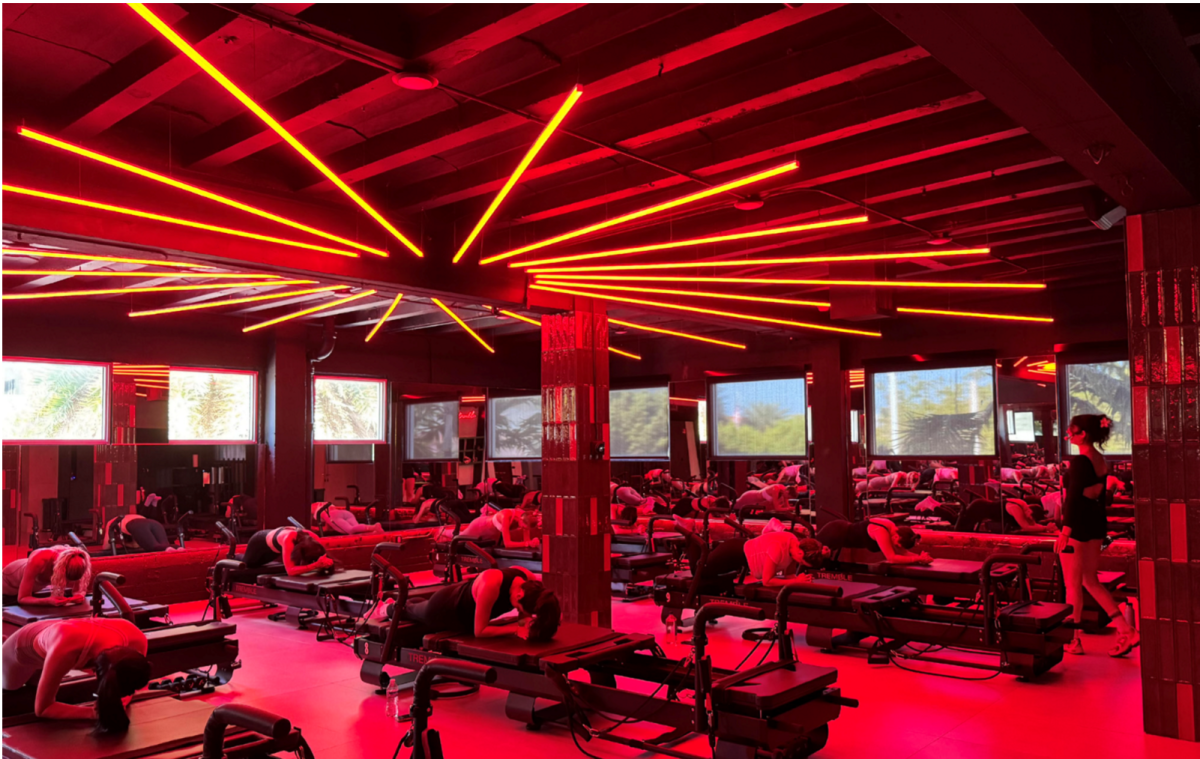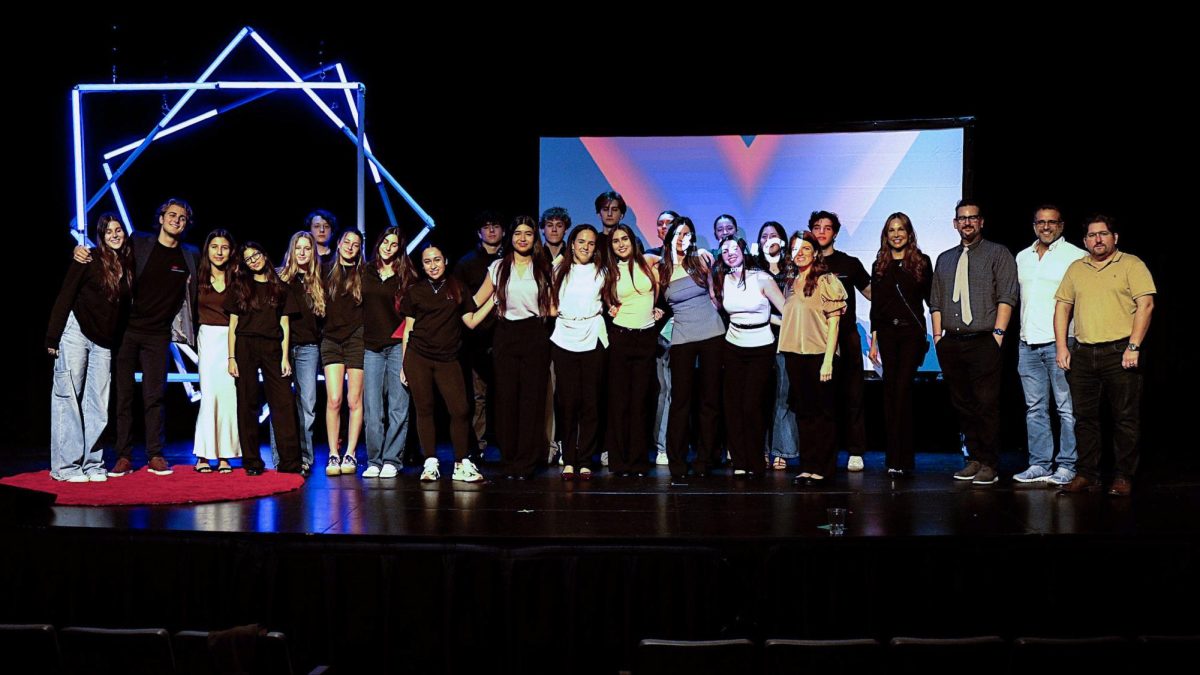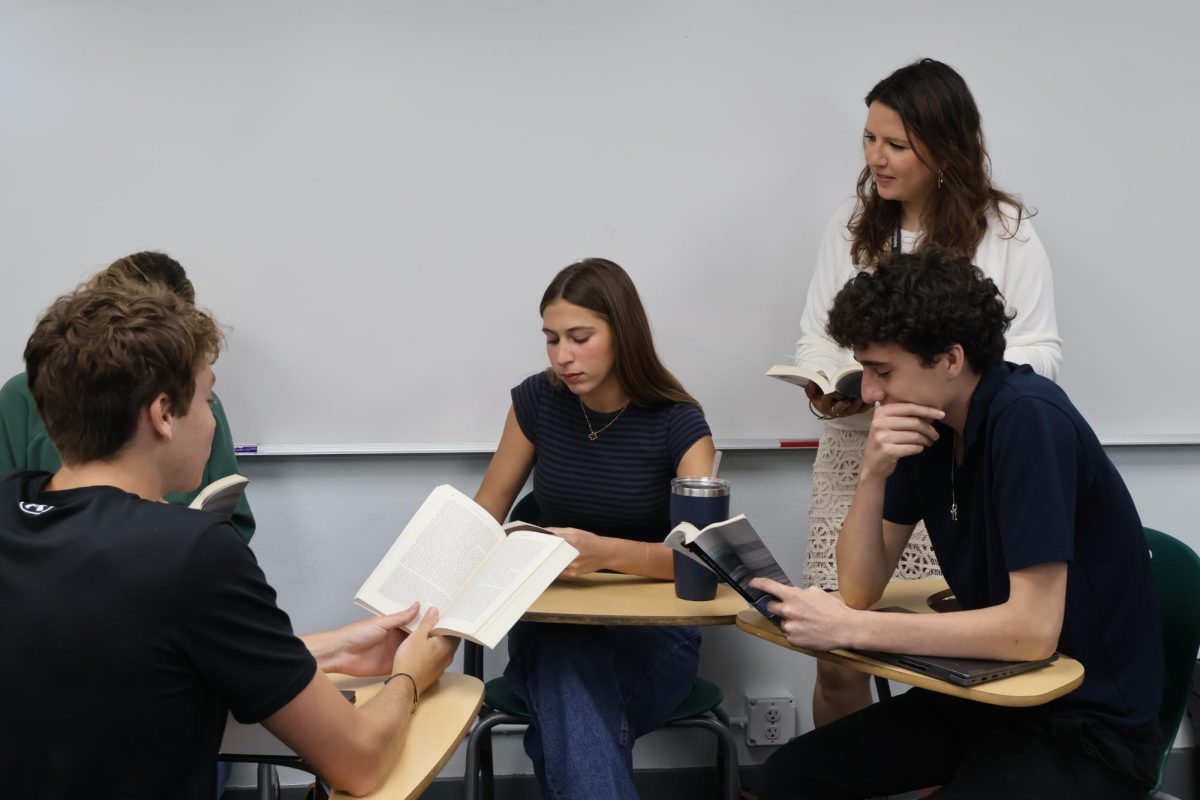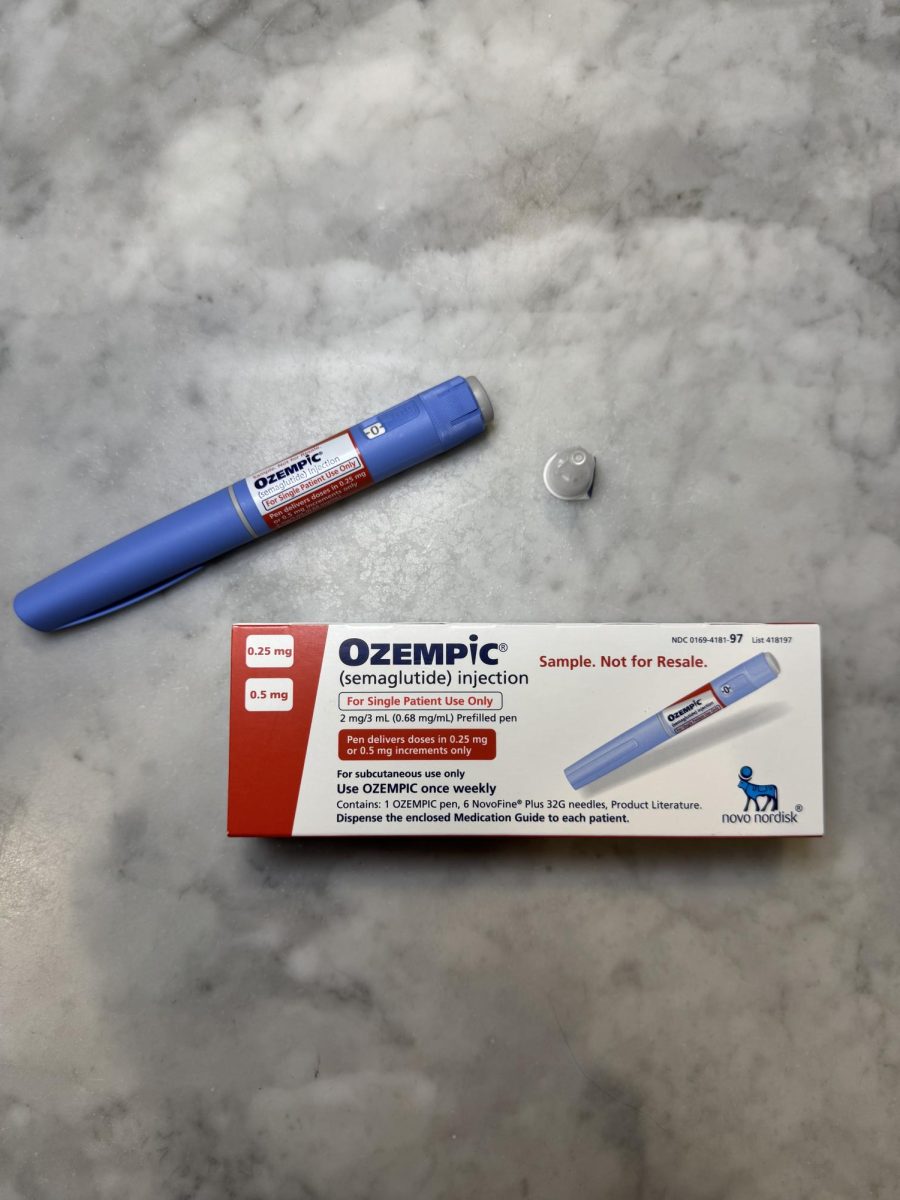Most students spend seven years at Ransom Everglades. These six teachers have spent a combined 166. Dr. Henry Stavisky ’85, Ms. Astrid Dalins, Ms. Karen Thompson, Ms. Katrina Patchett and Mr. Joe Mauro have served the majority of their careers at RE, and they have some strong opinions about what’s changed. Here they reflect on the growth in size, the shift to a more competitive and college-focused culture, and the increased inclusivity that the school now promotes.
In 1999, Bill Clinton was president, the world was preparing itself for the impending disaster of Y2K, and 99 seniors graduated from Ransom Everglades. As Dr. Stavisky ’85, now in his 23rd year of teaching, described, “The school was much smaller back then; we had a stronger teacher-student bond because of the size… you would always see teachers and students hanging together bonding on the quad.”
Since then, RE’s classes have nearly doubled in size, and new buildings have sprung up all over campus as the institution has shifted from its origin as a smaller boarding school to a contemporary day school. The school has overseen massive infrastructure transformation, including a personal favorite of Ms. Thompson, who has spent 41 years at RE: the waterfront facilities.
The library that students now use for last-minute cram sessions used to serve as the auditorium for all school assemblies. Faculty members slept in apartment buildings where the Fernandez STEM Center now stands. Students would jump out of the windows of Ludington to talk to their friends before class.
Few are as familiar with RE’s transformation than Ms. Patchett, RE’s Director of Library Services and Archivist, who joined the school in 1988 and oversees a vast collection of materials tracing back to 1893, when the school was Pine Knot Camp. “Miami was started in 1896. As the city has grown, so have we,” she said. She fondly described the history of a 110-year-old bench in La Brisa while also displaying a cheerleading outfit from 1999.
According to Dr. Stavisky, the move away from quaintness has come at a cost. “Now the school is less homey,” he said. “A previous administration said that Ransom is no longer a mom-and-pop shop, and things [have become] more business oriented.”
Mrs. Thompson echoed Dr. Stavisky’s observations. “When I started, we were a close-knit family with fewer than 100 students per grade, and I was able to know every student at the school,” she said. “That’s no longer the case. “
At the same time, Mr. Mauro, a history teacher at the middle school in his 38th year, pointed out that the increase in size has accompanied an increase in prestige. Priorities have shifted: “We’ve become a better and more nationally recognized school, and I think that will only continue. That comes at the price of not being a small school anymore.”
In conjunction with that growth, the teachers have also seen the growth of a competitive culture around acceptance into elite universities. Ms. Dalins, who has spent 28 years at RE, said she wished students would return to a “pre-AP, SAT, crazy extracurricular mindset”: the belief that “if you work as hard as you could and you’re genuine about it, what college wouldn’t want you?”
“Applying to college should just be moving paperwork around, not this gut-wrenching, soul-destroying experience,” Ms. Dalins added.
Dr. Stavisky had an even grimmer take on the school’s college-focused culture. “Obsession over colleges is out of control. They’re life is over if they don’t’ get in. I don’t see students as happy as they were back then.”
However, the teachers did agree that RE has made positive progress in the field of inclusivity and diversity. “We now have greater diversity of kids from different backgrounds,” said Mrs. Thompson. Dr. Stavisky explained that in the 80s, when he was a student, “there was a culture of hazing.” Now, he said, “Ransom is more sensitive to people. There is more respect for humans and making sure people feel included.” Mr. Mauro attributed this change to an intentional effort on the school’s part to pursue diversity and inclusion, especially in the admissions process.
Wendell Graham ’74, Director of Inclusion and Community Engagement, was Ransom Everglades’ first Black male student at RE. After a long career as a prosecutor and judge, he returned to RE in 2021 and spearheaded new efforts to make the school more inclusive. “In order for any minority person to feel they belong at a school, they must see others that look like them,” he said. “School is easier when you have someone you can commiserate with.”
While diversity numbers haven’t grown as rapidly as he would’ve liked, he is proud of the transformation of the school’s faculty. “Different people throughout the world contribute to the pool of ideas that help move us forward. You see different looking people all of a sudden, and that’s good,” he said.
Graham has also observed the shift toward a more competitive culture, however. “[There’s] an unhealthy amount of focus on the grade — and that’s just not a good thing,” he said. “We don’t have as healthy an environment academically now as we did then. Back then, everyone got into where they wanted. Everyone was proud of their achievements and acceptances. We found more time for fun back then, doing childlike things, pulling plenty of pranks like putting silverware from the dining room at the bottom of the pool.”
Can the school return to that more innocent past? Maybe not—but Dr. Stavisky hopes RE can learn lessons from it. “I hope they can reverse it to the way it was before,” he said. “There’s only so much stress students can take.”


